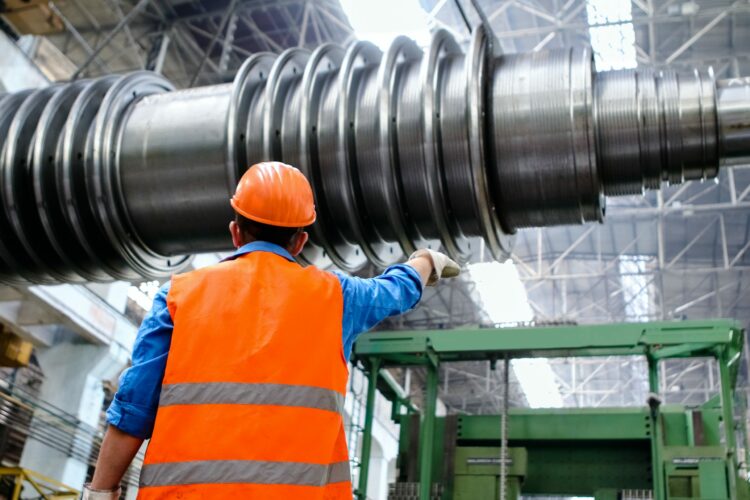In several sectors, industrial links influence the performance and dependability of electrical systems and machinery. The correct connector can also influence equipment performance and lifetime in industrial, automotive, telecommunications, and aerospace sectors. When selecting industrial connections for their requirements, engineering experts should consider five important elements.
1. Environmental elements
Think about the surroundings before choosing industrial links. Connectors sometimes face severe temperatures, humidity, dirt, chemicals, and other elements that degrade performance. Connectors for outdoors and cars have to withstand temperature changes, water, and dirt. Because of their longevity, connectors are perfect for sectors that require consistent connections in demanding conditions. Examining the IP rating lets one confirm the connector’s water and particle resistance.
2. Electrical requirements
Current and voltage ratings decide whether a connector can safely transport the needed electrical load. Low-current or voltage-rated connectors’ overheating and failure are a safety concern. High-current connectors manage high power. Renewable energy, power distribution networks, and industrial machinery use these links. Knowing the electrical requirements of the application helps select a connection that can manage power and signal integrity without sacrificing performance.
3. Mechanical durability
When we refer to the mechanical durability of a connector, we imply its capacity to resist physical stressors, including vibrations, shocks, and repeated mating cycles. Connectors in sectors such as aerospace and automotive could encounter significant vibration and movement, which could lead them to come loose or break away. A strong mechanical design of connectors would help prevent such problems. For instance, connectors contain precisely built parts that provide robust couplings even in high-vibration environments. Choosing a connector requires careful analysis of its mechanical strength and capacity to withstand the physical requirements of the use.
4. Space and size limitations
Many industrial environments are small. Hence, connectors have to fit under strict limits without sacrificing performance. High-density connectors are perfect for constrained real estate use, as they can manage several connectors in a compact area. For example, high-density connectors let telecom businesses and data centers that require huge numbers of connectors to maximize space use while preserving signal integrity. Choosing connectors with the appropriate size and pin count ensures that systems are compact while meeting connectivity requirements.
5. Cost against performance
Selecting industrial connectors also requires a look at the cost-performance link. Though more expensive, high-performance connectors like those are meant for optimal usefulness and dependability. But buying better-quality connectors will help lower maintenance costs, avoid equipment failure, and guarantee system uptime, saving money over time. For important uses where dependability is a top priority, buying a premium connector could be more reasonable than selecting less expensive substitutes that could compromise performance or lifetime.
Conclusion
Engineers choosing industrial connectors have to consider, among other things, climate, electrical needs, mechanical durability, space limits, and the cost-performance trade-off. A careful examination of these variables helps professionals guarantee the performance and lifetime of their systems and prevent expensive failures. Many sectors see connectors as a continuous decision since they provide a wide range of solutions satisfying their specific requirements.



